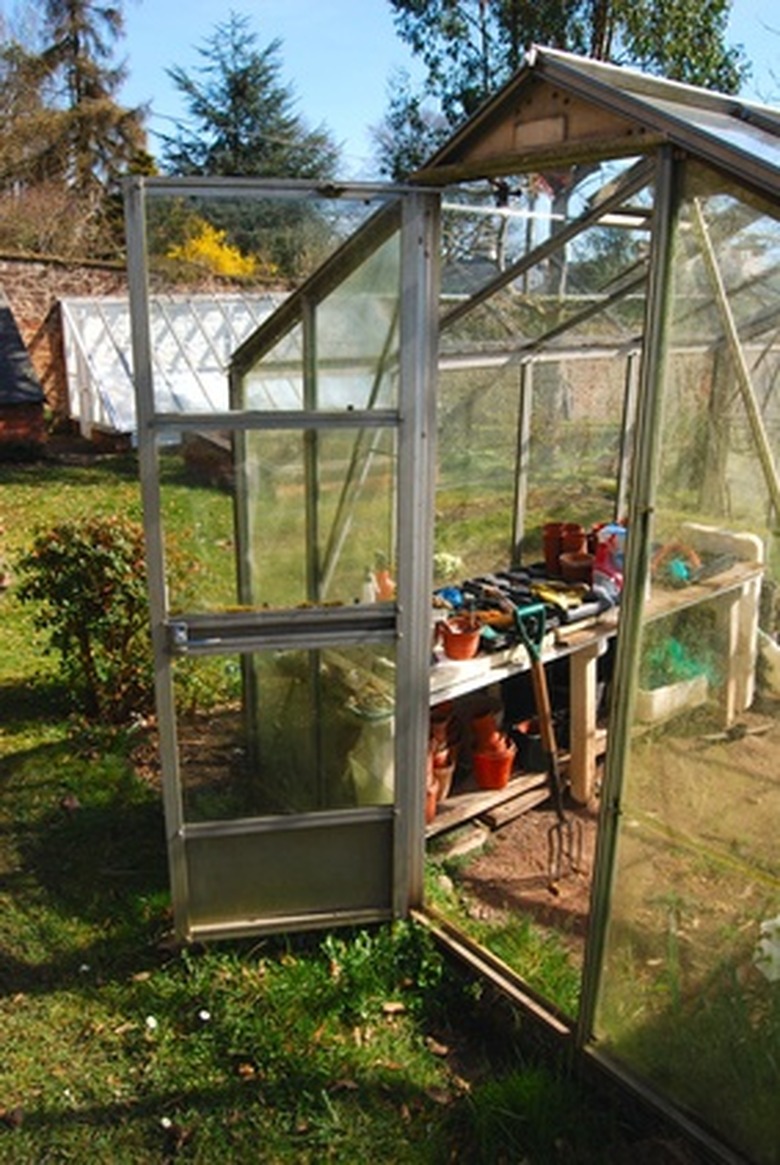Neat Ideas For Greenhouse Organization
Greenhouses are, by design, tightly crowded areas. Growing as many plants as possible in the space increases your productivity and lowers heating and light costs per plant. Such a packed space requires careful organization to keep track of all of your plants, containers and other supplies. Taking the time to come up with a good organizing scheme will save you a lot of time and effort in the long run.
Winter Organizing
In the Northern Hemisphere, the sun dips south during the late fall and winter months and passes more or less directly overhead during the summer. DIY Network recommends organizing your plants in the cold months to get the best sun exposure. In mid fall, place short plant along the south wall of the greenhouse. Arrange taller plants, hanging planters and plants on higher shelves near the northern wall where they won't block the shorter plants. This will ensure that all your plants get enough light.
- Greenhouses are, by design, tightly crowded areas.
- Growing as many plants as possible in the space increases your productivity and lowers heating and light costs per plant.
Under-Bench Storage
Install a central workbench in your greenhouse. Use it as a space to work and to store a few tools you regularly use, along with small pots and small quantities of soil and fertilizer. Use the area under the bench as your main storage area. Sealable stacking bins work well for anything from soil to pots. Use coffee tins and mason jars for storing seeds and other smaller supplies. Store corn gluten, blood meal and other supplies which are vulnerable to vermin in metal garbage cans or mason jars to keep out mice.
Labeling Plants
Use craft sticks or other small, inexpensive objects to label your plants. Good Housekeeping recommends using a green marker for edible plants and a red one for non-edible. If you prefer, come up with your own color identification system for greenhouse plants. Use different colors to indicate water requirements, sun requirements or annual and perennial. Alternately, use the color of the label to indicate greenhouse placement, For example, label seedlings that belong on one table with a blue label, use a green label for another and so on.
- Install a central workbench in your greenhouse.
- Use it as a space to work and to store a few tools you regularly use, along with small pots and small quantities of soil and fertilizer.
